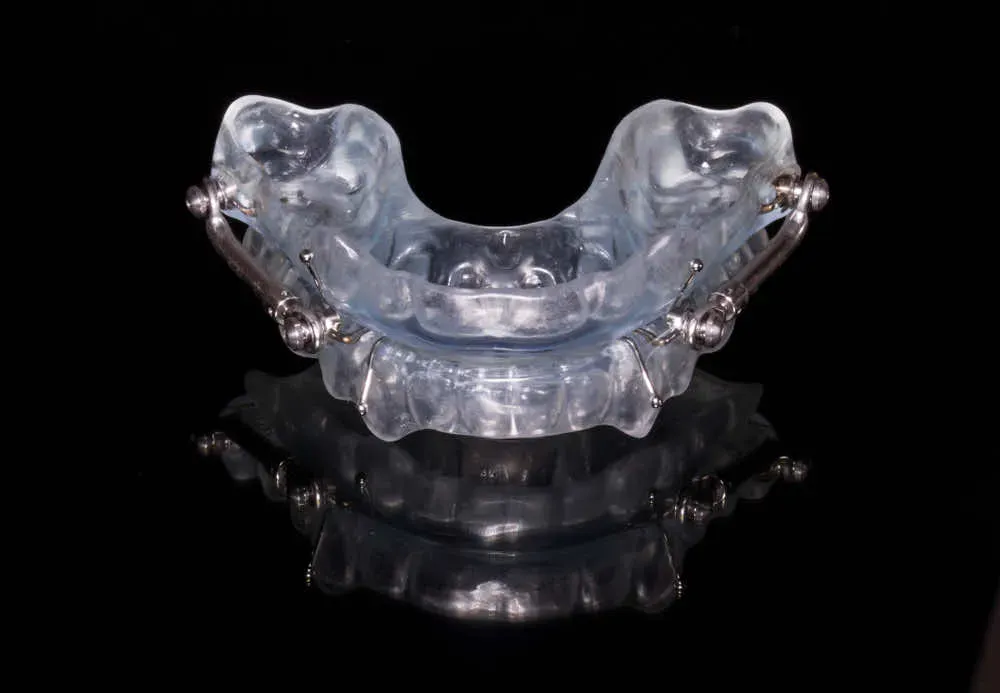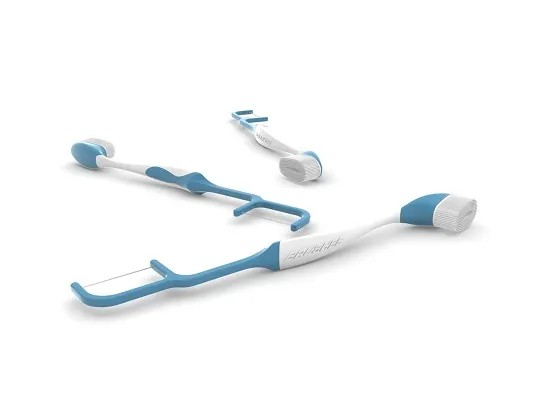Millions Seek Relief from Noisy, Disruptive Snoring
If you’re one of the estimated 60 million Americans who snore, you know the sound – that disruptive snorting, gasping, or loud “sawing of logs” that keeps your partner awake.
While snoring may seem like a nuisance, it can indicate serious health issues like sleep apnea. It also deprives snorers of quality, restorative sleep.
Over-the-counter snoring devices offer hope, using different mechanisms to open your airway. But is popping in a mouth guard or nose cone the quick fix you need? Let’s look at how these anti-snoring tools work, along with their potential side effects.
Top 7 Snoring Mouthpieces & Devices
Why Snoring Happens in the First Place
Snoring arises when loose tissues in the throat vibrate as air flows through a narrowed airway. Things like:
- Your natural anatomy – large tonsils, elongated palate, large tongue
- Being overweight, allowing excess tissue to block airways
- Alcohol intake relaxing throat muscles
- Sleeping position, causing tongue to shift backward
This loud vibration is what we call snoring. Understanding the root causes can help find solutions.
Types of Snoring Devices and How They Work
There are four main types of over-the-counter snoring devices:
Nasal devices that open nasal passages like nasal strips, nasal cones, and nasal dilators.
Oral appliances worn inside the mouth, including:
- Tongue retaining devices (TRDs) that hold the tongue forward using suction or orthodontic-like holders.
- Mandibular advancement devices (MADs) that bring the lower jaw forward to open the airway.
- Palatal implants that stiffen the soft palate to prevent vibration and fluttering when air passes through.
But use of these devices also comes with possible side effects.
Potential Side Effects of Nasal Snoring Devices
Popular nasal devices include:
Nasal strips – Adhesive bands that lift open the nostrils.
Potential side effects:
- Skin irritation or redness from adhesive
- Discomfort upon removal
- Limited effectiveness for most snorers
Nasal dilators – Spring-loaded prongs that expand nasal passages.
Potential side effects:
- Excess mucus production
- Nose dryness or crusting
- Sinus irritation or pressure
- Ear pain from device pressure
Nasal cones – Lightweight cones placed in the nostrils to gently open nasal airways.
Potential side effects:
- Nose dryness, bleeding
- Sinus headache
- Discomfort breathing through nose
- Frequent adjustment needed
Oral Appliance Side Effects to Know
Tongue Retaining Devices (TRDs)
Potential side effects:
- Excess salivation initially
- Tooth/gum irritation
- Jaw soreness
- Trouble talking or swallowing
Mandibular Advancement Devices (MADs)
Potential side effects:
- Tooth pain or shifting with long-term use
- Jaw stiffness or soreness
- Excess mouth salivation
- TMJ complications
Palatal Implants
Potential side effects:
- Pain/bleeding during implantation
- Long-term foreign body feeling
- Infection risk
- Possible implant extrusion
Tips for Comfortable, Safe Use
If trying over-the-counter snoring devices, take precautions:
- Start with nasal devices first, before trying oral appliances
- Follow all fitting instructions carefully
- Allow time to adjust to wearing devices before judging usefulness
- Keep appliances clean to avoid bacteria buildup
- Stay hydrated to ease dry mouth/throat
- Apply moisturizer inside nose after removing nasal devices
- Ask your doctor first if you have medical conditions like gum disease, sinus issues, loose teeth, etc.
When to Seek Alternate Snoring Treatment
Consult your doctor if you have:
- Daytime fatigue and low energy
- Headaches upon waking up
- Choking episodes while sleeping
- High blood pressure
These signs may indicate sleep apnea, requiring diagnosis through a sleep study and customized treatment.
Comparing Snoring Device Types
| Device Type | How It Works | Potential Side Effects |
|---|---|---|
| Nasal strips | Lift open nasal passages | Skin irritation, limited benefit |
| Nasal dilators | Expand nasal passages | Nose dryness, mucus, discomfort |
| Nasal cones | Widen nasal openings | Headache, adjustment need |
| TRDs | Hold tongue forward | Jaw/tooth pain, salivation |
| MADs | Pull jaw/tongue forward | Tooth shifting, jaw stiffness |
| Palatal implants | Stiffen soft palate | Implantation pain, infection risk |
While over-the-counter devices present a low-risk option to address problematic snoring, be aware of potential side effects. Discuss the best solutions tailored to your needs with your doctor.



